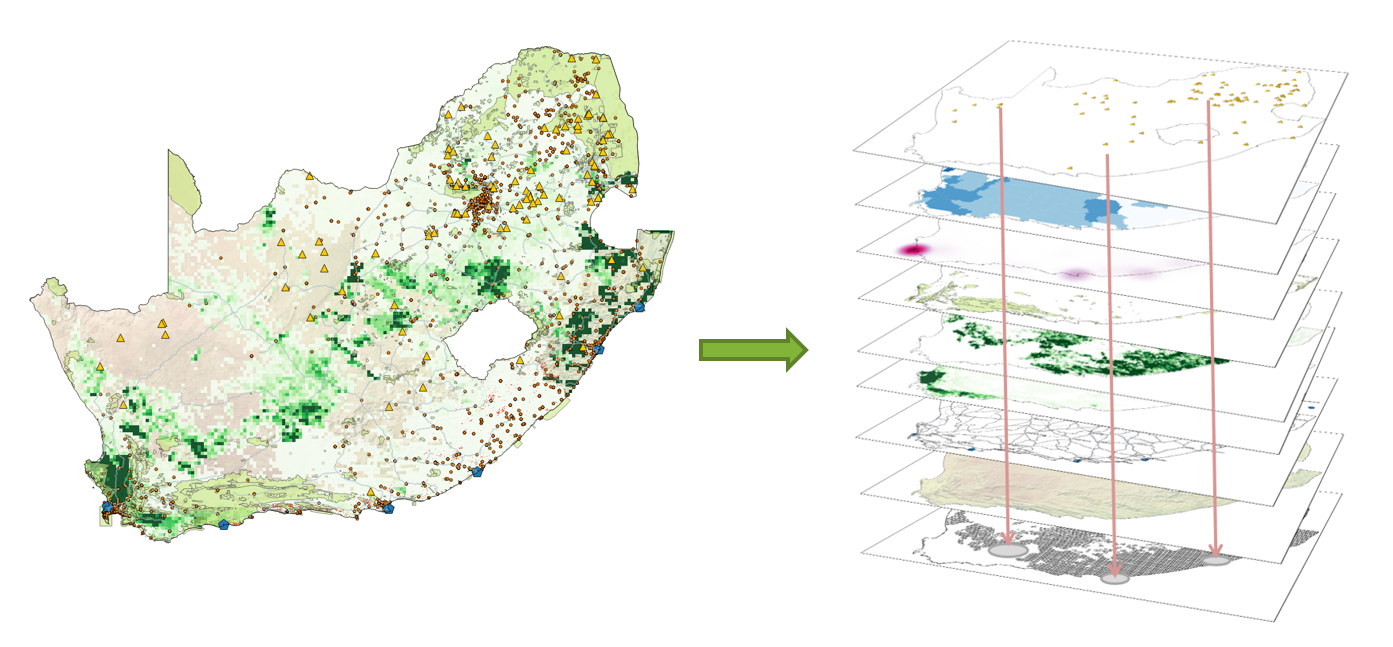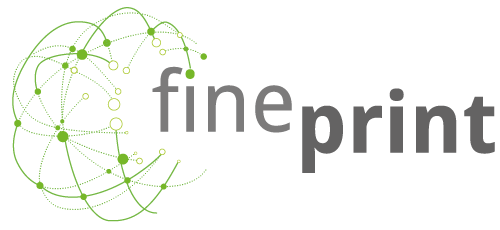Assessing raw material extraction and related impacts
In Work Stream 1, we work towards producing the first spatiotemporal database of raw material extraction and related impacts with global coverage, starting from the year 2000. The database includes about 60 biotic and abiotic raw materials (e.g., soybean, oil palm, copper, iron, coal and oil) as well as the related environmental and social impacts (e.g., deforestation, water scarcity, and conflicts).
To ensure best possible spatiotemporal representation of material extraction and impacts, we combine global data sources with higher resolution information, which is available for some regions or countries. Usually, these sources have different geometries (e.g., points, polygons, and grids) and heterogeneous spatial and temporal resolutions, which we integrate to investigate spatial correlations, kernel and hotspot patterns, using multi-layer approaches and spatial statistics (see figure below).

Spatially explicit data and multi-layer analyses
The new database and methods will be openly available to the research community and the wider public from our GitHub portal at https://github.com/fineprint-global. The first release of our database in 5-arc-minutes grid cell level (around 10 km x 10 km at the equator) is planned for the second half of 2018, including extraction of biomass and metal ores. The spatially explicit data on environmental and social impacts and other raw materials, such as fishery and fossil energy resources will be added to our database during 2019. This database will allow developing new methods to assess global spatially explicitly interlinkages between consumption and various environmental and social impacts related to raw material extraction on a detailed grid cell level.


